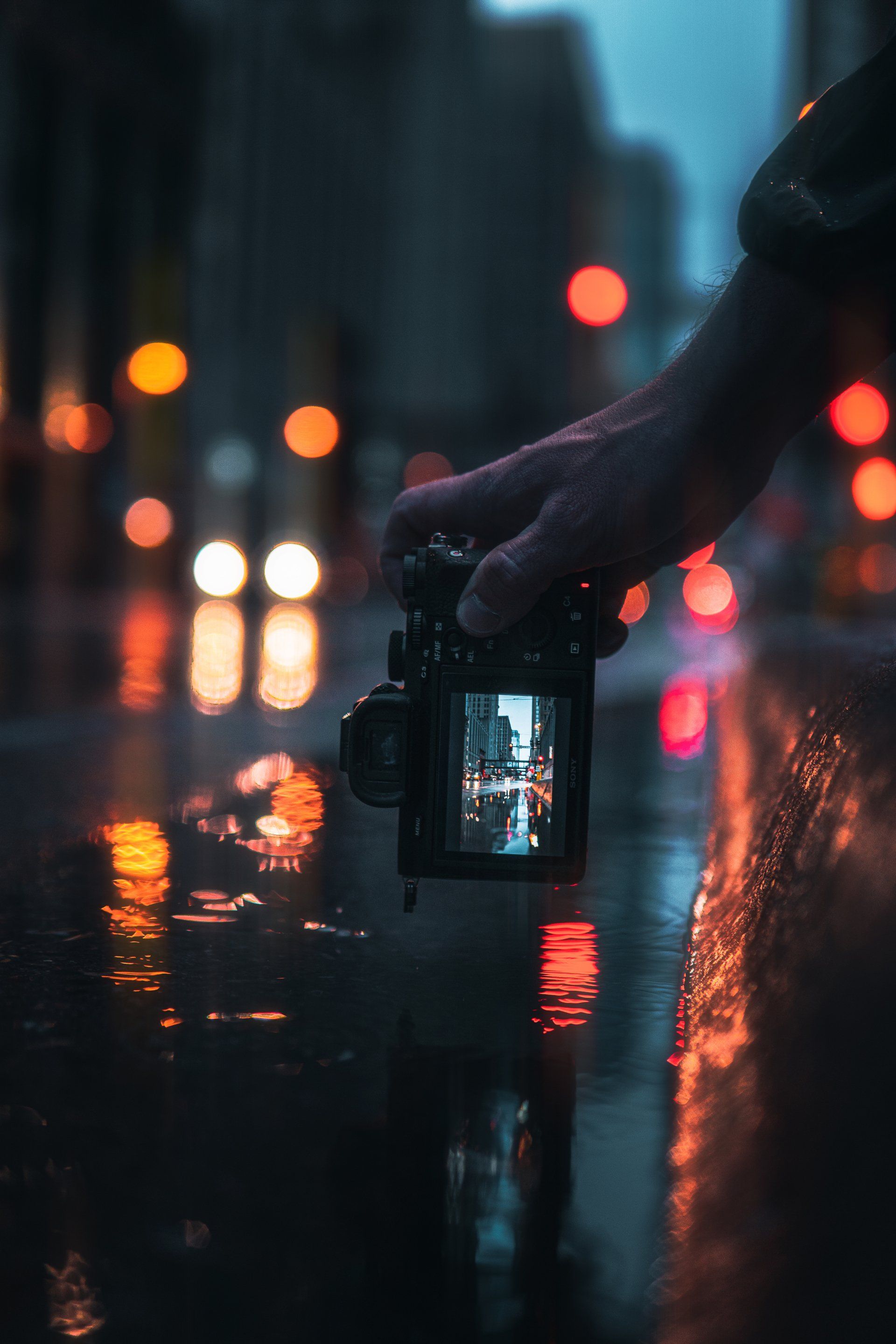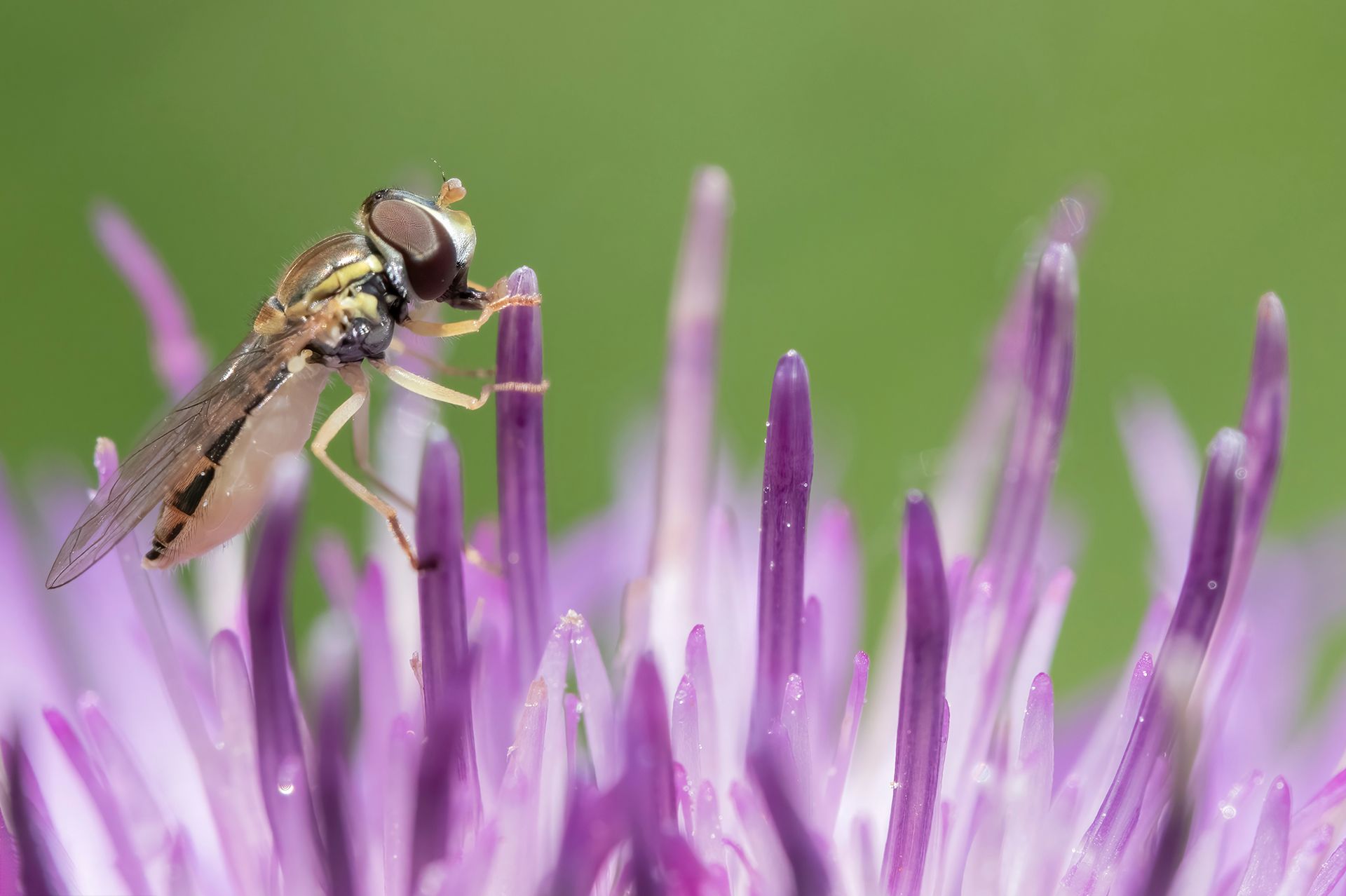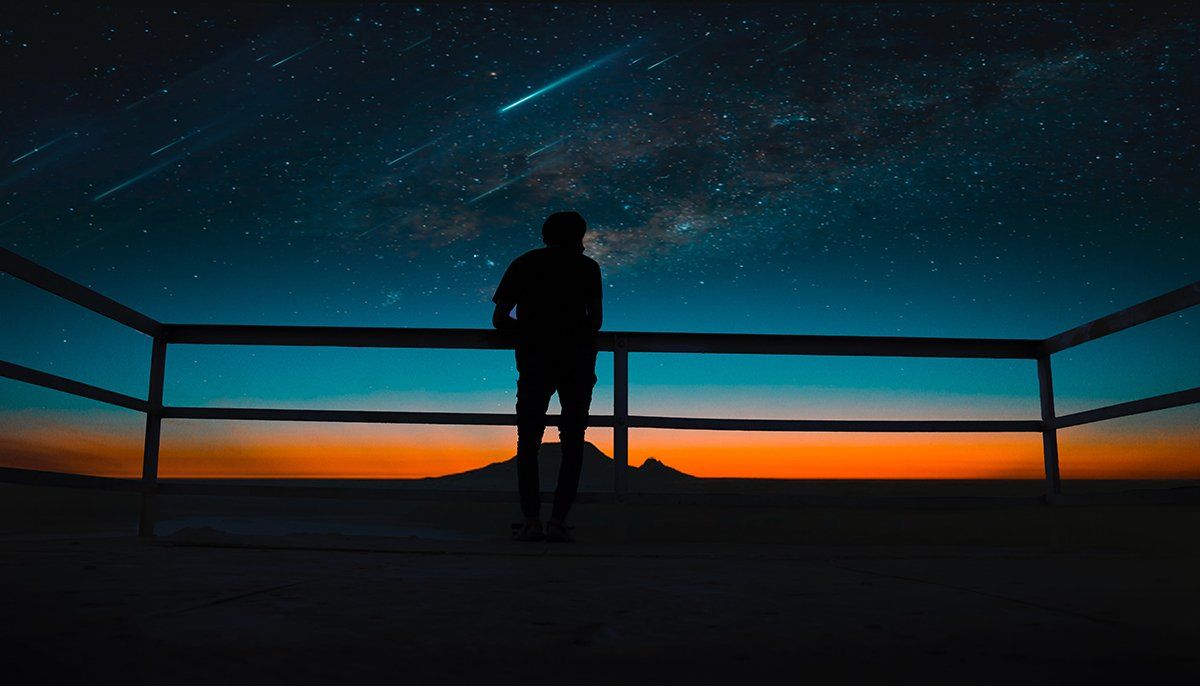LET’S TALK ISO

How to Choose the Right ISO Value on My Camera
For those who want to delve a bit deeper and make specific adjustments to their cameras, this article covers the parameter of light sensitivity, ISO.
ISO stands for International Standard Organization. It refers to the sensitivity value assigned to the camera's digital sensor.
These values are similar to those from the days of film (35mm film)
The difference is that film had a fixed and calculated value, while digital sensors have variable and adjustable values that the photographer can control. In automatic modes, the value is determined by the camera based on the light and scene. In more advanced modes (P/S/A or M or P/TV/AV and M), the user should take control of the ISO value.
de la valeur ISO.
The typical values found in cameras are:
100-200-400-800-1600-3200-6400-12,800-25,600 (some cameras offer even higher or lower values depending on the manufacturer).
To understand what happens, as this value is transmitted to the camera sensor, it is an electric impulse (electric charge) sent to the sensor. The higher the value, the more the sensor increases its sensitivity with the help of the electric charge.
This generates images affected by a disturbance called digital noise, which becomes more visible as the ISO value increases. At very low ISO values, the effect is negligible; at higher values, contrast and colors are affected, in addition to showing digital noise. Therefore, it is crucial to choose the ISO value to minimize this effect. In automatic ISO, the photographer does not control this value and, therefore, does not control the resulting quality.
It is recommended to choose this parameter primarily based on the brightness (ambient light) and the movement of the subject.
The recommended values according to ambient light are: (these values are approximate)
- ISO 100 or 200: Sunny day
- ISO 400: Cloudy or overcast sky
- ISO 800: Low outdoor light or late in the day
- ISO 1600 to 6400: Indoor evening photography
- ISO 3200 to 25,600: Outdoor evening photography without a tripod
- ISO 100 to 3200: Outdoor evening photography with a tripod (will show motion blur)
- ISO 1600 to 6400:
Concert photography (depending on movement and lighting)
Note: These values are standardized for a static scene without movement. If there is significant movement in the photographed scene, increase the ISO value by two stops to counter the movement and obtain a more appropriate exposure time. Example: move from the recommended normal value of 200 to a value of 800.
Practice by capturing photos at different ISO values, then compare them.





